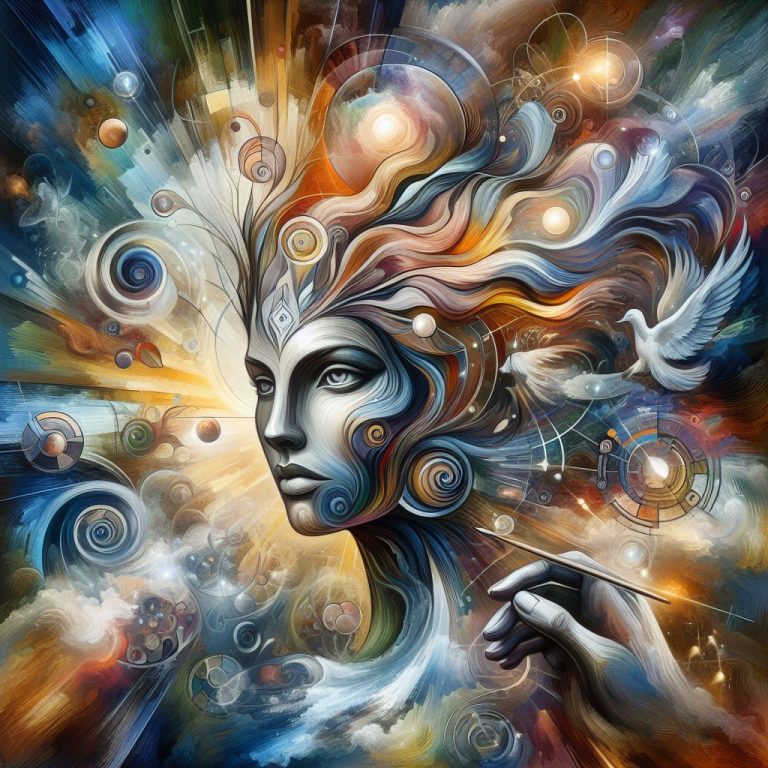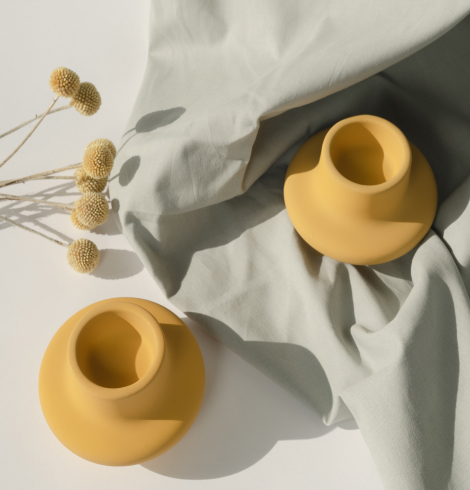Unveiling the Timeless Beauty of Traditional Artworks
In a world characterized by rapid technological advancements and ever-changing trends, traditional artworks stand as timeless testaments to human creativity and cultural heritage. From ancient cave paintings to Renaissance masterpieces, traditional art has transcended generations, captivating the hearts and minds of people across the globe. In this comprehensive guide, we delve into the enchanting world of traditional art, exploring its rich history, diverse forms, and enduring relevance in contemporary society.
Exploring the Rich History of Traditional Art
The roots of traditional art can be traced back to the dawn of civilization, where early humans adorned cave walls with vivid depictions of their surroundings and experiences. These prehistoric artworks not only served as visual records but also conveyed spiritual beliefs and societal norms. As civilizations flourished, traditional art evolved, reflecting the cultural, religious, and political landscapes of different societies.
One of the most revered periods in the history of traditional art is the Renaissance, a cultural movement that swept across Europe from the 14th to the 17th century. During this transformative era, artists such as Leonardo da Vinci, Michelangelo, and Raphael created masterpieces that continue to inspire awe and admiration to this day. The Renaissance marked a golden age of creativity and innovation, where artists pushed the boundaries of artistic expression and achieved unparalleled levels of technical mastery.
Diverse Forms of Traditional Art
Traditional art encompasses a myriad of forms, each with its own unique characteristics and cultural significance. From painting and sculpture to architecture and textiles, traditional art manifests in various mediums and styles, reflecting the diversity of human expression.
Painting is perhaps the most well-known form of traditional art, with iconic works such as the Mona Lisa and Starry Night captivating audiences worldwide. Whether rendered in oil, watercolor, or acrylic, paintings have the power to evoke emotions, convey narratives, and capture fleeting moments in time.
Sculpture is another prominent form of traditional art, dating back to antiquity. From ancient Greek statues to modern abstract sculptures, artists have sculpted forms from a range of materials, including marble, bronze, and wood. Sculpture invites viewers to engage with three-dimensional space, offering tactile experiences and inviting contemplation.
Architecture also plays a significant role in traditional art, with iconic structures such as the Parthenon, Taj Mahal, and Notre-Dame Cathedral showcasing the architectural prowess of different cultures and civilizations. Architecture combines artistic vision with functional design, shaping the built environment and influencing the way we experience space.
Enduring Relevance in Contemporary Society
While traditional art may be rooted in the past, its influence continues to resonate in contemporary society. In an age dominated by digital media and virtual experiences, traditional art offers a tangible connection to our cultural heritage and collective identity. Museums, galleries, and cultural institutions around the world preserve and showcase traditional artworks, ensuring that future generations can appreciate and learn from the artistic achievements of the past.
Moreover, traditional art serves as a source of inspiration for contemporary artists, who draw upon established techniques and themes while pushing the boundaries of innovation. The revival of traditional crafts and artisanal practices reflects a growing appreciation for authenticity and craftsmanship in a world saturated with mass-produced goods.
In conclusion, traditional artworks occupy a cherished place in the tapestry of human history, offering glimpses into the past while inspiring future generations. Whether through ancient cave paintings or Renaissance masterpieces, traditional art speaks to the enduring power of human creativity and the universal language of visual expression.


